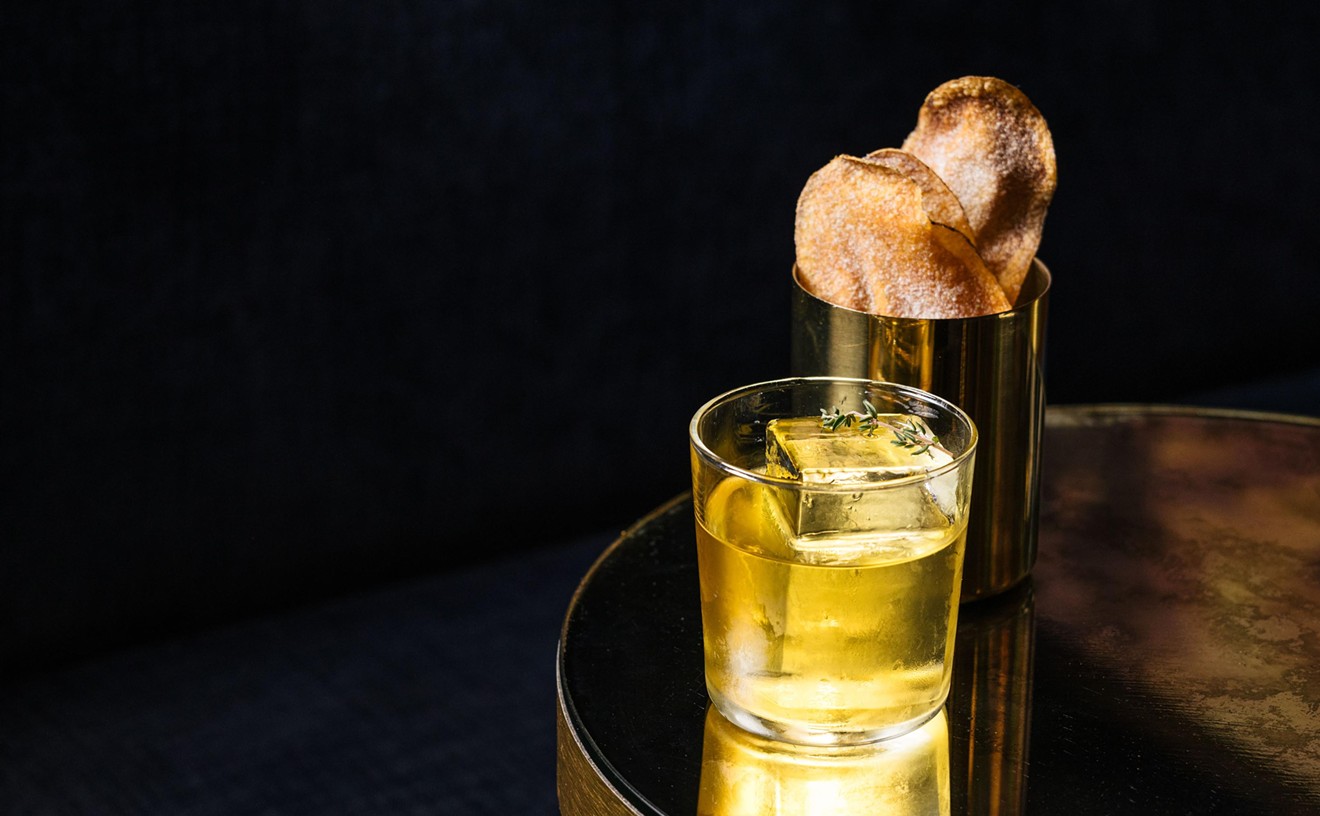It's not so much a question of whether it can be done. Because it can be. Aged that is. But is it any good?
It goes without saying that wine is an incredibly personal experience with varying expectations and varying palates.
So what can you expect from a bottle of aged white wine?
Find out after the jump.
Ninety (plus) percent of wines, white or red, are intended for drinking young (within a few years of their release). Although it is more common to age red wine, there are plenty of elegantly aged whites to be enjoyed.
Cool, racy citrus, stone fruit, green apple, lemon grass, figs, floral, dry hay and tropical notes seem to come to mind when thinking of the vibrant younger whites we're accustomed to drinking on a warm summers day (kinda like, well, today). And maybe those are the characteristics you desire most in a white wine. However, old white wines can be viscous and rich--even tawny, some, such as old semillons, gain aromas of lanolin, tobacco leaf, maple or even an old cigar box.
We recently drank a glass (or bottle, if we're being completely honest) of 1992 R. López de Heredia Rioja Blanco Reserva Viña Tondonia. It was so incredibly sexy, it turned us on--to the smaller wine world of aged white wines. Although it was incredibly smooth, it was far too nuanced to drink any quicker than you would drink, say a leisurely snifter of your favorite bourbon.What allows whites to age as well as their predominant counterpart (the voluptuous red) is a strong acidic structure. The acidity in white wines acts similarly to the way that tannins act in preserving red wines.
Because the process of making white wines includes little to no skin contact, white wines have a significantly lower amount of phenolic compounds. Complex chemical reactions involving a wine's sugars, acids and phenolic compounds (such as tannins) can alter the aroma, color, mouthfeel and taste of the wine in a way that may be more pleasing to the taster. However good cellar conditions are equally as critical, if not more so.
White varietals that tend to age best are Chardonnay (particularly the classic Burgundian styled chablis), Riesling (primarily German), dessert wines based on white grapes such as Sauternes and late harvest Riesling, and blanc de blanc champagnes. Some lesser known varietals in this category often include Chenin Blanc, Viognier, Petit Manseng and Gruner Veltiner.
Aged white wine can be just as sexy and enjoyable as aged red white wine. Have any favorite aged whites of your own? Please, share with the class! Wanna know where you can grab a glass (or bottle) of the 1992 R. López de Heredia Rioja Blanco Reserva for yourself? Check out Postino's on Central or Lux Central.










